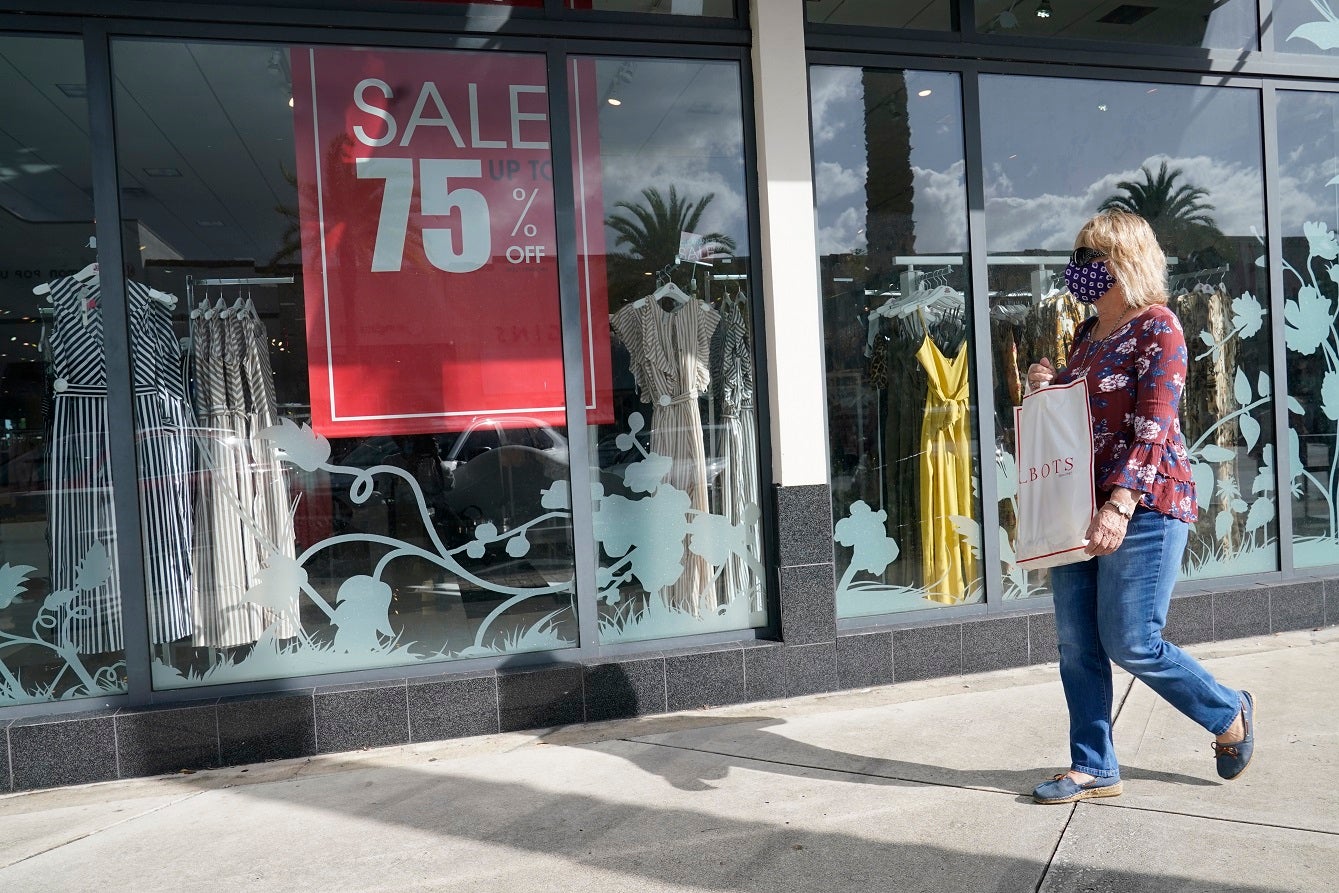How fashion outlets can take responsibility in 2022
In 2021, a high-profile leak showed that Facebook (now Meta) had known that their platforms negatively impacted people around the world. Instagram was one major culprit, with its influencer culture having become a burden on teen mental health. To be honest, no one was surprised about this information.
We have all recognized the insidious effect that social media has had on our society. People presenting perfect lives on platforms like Instagram was always going to leave millions of people feeling like they weren’t good enough. However, the focus on Facebook’s culpability ignores other culprits.
It is plausible that Facebook and Instagram started out with good intentions. That cannot be said for companies that used the increase in self-esteem issues to sell products. Companies selling diet products are infamous for this, but the fashion industry should also be in the line of fire.
It is nothing new for fashion companies to use unattainable standards to sell clothing, but social media has given them a more powerful platform than they ever had before. It is about time that they start taking responsibility for their impact on mental health.
Wondering what they can do to change course? Here are some of the ways fashion outlets can take responsibility in 2022.
Inclusive Clothing Lines
Many fashion outlets prioritize customers of a particular body type – skinny and toned. This is in spite of the fact that the majority of Americans wear clothing that is categorized as plus size. The problem is that simply making bigger sizes is not catering to different body types.
We are starting to see alternatives. Take Calypsa’s swimwear for women. They put different body types front and center, rather than making clothes for one body type in different sizes. They also have models of different body types and sizes in their marketing, which is hugely important in making sure all women see themselves.
More fashion outlets need to start creating clothing lines that are inclusive, rather than simply providing different sizes.
Affordable Items
Fashion also plays on socio-economic insecurities. Companies market clothing at high prices and thereby separate people into different classes. Young people are told, implicitly and explicitly, that they cannot look good unless they can afford to buy high-end products at exorbitant prices.
The reality is that prices are often based on perceived value. Clothing that could be marketed at lower prices are priced high so as to create the impression that they are worth more. By lowering prices, outlets can show that they are committed to egalitarianism, and take some of the pressure off people who simply cannot afford their fashion.
Letting Go Of Influencers
This is a tough one, because influencers have become a huge part of how we market things in today’s economy. The problem is that influencer culture is based on some people being better than others. Influencers are not there to provide guidance and mentorship. Rather, they are meant to embody a lifestyle that seems achievable but is always out of reach.
Influencers will rarely make people feel good about themselves. Their success is premised on their having that special something. As such, finding a responsible way to market through influencers can be difficult.
Fashion outlets should at least try to use the most responsible influencers when marketing if they cannot let go of influencer culture altogether. By continuing to piggyback off the success of these social media personalities, they perpetuate the issues revealed in last year’s Facebook leaks.
Presented by DigitalContentZone



